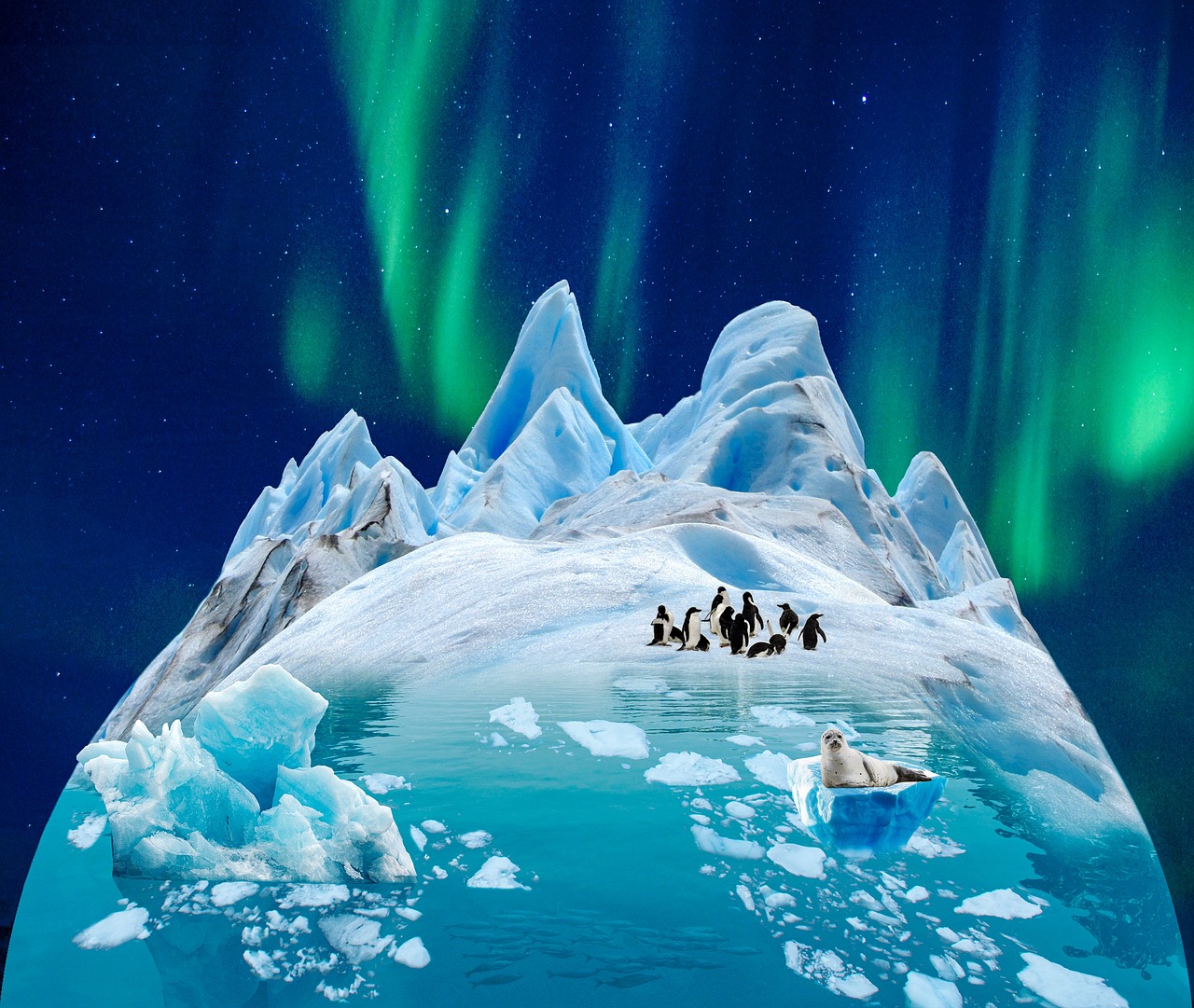Table of Contents
![]()
I. Introduction
The Bermuda Triangle, also known as the Devil’s Triangle, is a loosely defined region in the western part of the North Atlantic Ocean. Its vertices are generally considered to be Miami, Bermuda, and Puerto Rico. Spanning roughly 500,000 square miles, the Bermuda Triangle has captured the imagination of people worldwide due to its association with a series of mysterious disappearances and incidents. The term “Bermuda Triangle” was popularized in the mid-20th century, but stories of strange occurrences in this area date back much further.
II. Historical Incidents
A. Notable Disappearances
- Flight 19 (1945) Flight 19 was a squadron of five torpedo bombers on a routine training mission. On December 5, 1945, the aircraft vanished during a routine training flight over the Bermuda Triangle. Despite extensive search efforts, neither the planes nor their crew were ever found. The incident was compounded by the disappearance of a rescue plane sent to find them, known as Flight 19’s “search plane,” which also went missing. This event is often cited as one of the most mysterious disappearances in the Bermuda Triangle.
- USS Cyclops (1918) The USS Cyclops was a navy cargo ship with a crew of 309 that disappeared in March 1918. The ship was en route from Barbados to Baltimore and never arrived. Despite being a large vessel, no wreckage or distress signals were ever recovered, and it remains one of the largest naval losses of World War I. Various theories suggest that the ship may have been lost due to a storm, structural issues, or even sabotage.
- The Mary Celeste (1872) The Mary Celeste was a merchant brigantine found adrift in the Atlantic Ocean on December 5, 1872. The ship was in good condition, but its crew and lifeboat were missing. The circumstances of the crew’s disappearance remain unknown, and the incident has fueled numerous theories, including piracy, mutiny, and even supernatural explanations.
B. Lesser-Known Incidents
Numerous other aircraft and ships have reportedly disappeared or encountered difficulties in the Bermuda Triangle. While these incidents are less well-documented, they often feature similar patterns, such as sudden and unexplained malfunctions or abrupt disappearances without distress signals. Analysis of these cases continues to be a point of interest for researchers and enthusiasts alike.
III. Theories and Explanations
A. Natural Explanations
- Environmental Factors One natural explanation involves methane hydrate eruptions. Methane gas trapped under the seabed can occasionally be released in large quantities, causing water density to decrease and potentially leading to the sinking of ships. Rogue waves, which are extremely large and unpredictable waves, are another environmental factor that could account for sudden maritime disasters.
- Magnetic Anomalies The Bermuda Triangle is known for unusual magnetic variations that can affect navigational instruments. Some theories suggest that these anomalies might cause compasses to malfunction, leading pilots and sailors off course and contributing to navigational errors.
- Weather Patterns The region’s weather can be unpredictable, with sudden storms and high winds. Such conditions can pose serious challenges to aircraft and vessels, potentially leading to accidents or disappearances.
B. Human Factors
- Pilot or Crew Error Human error is a significant factor in many aviation and maritime accidents. In the case of Flight 19, it was later suggested that the crew might have become disoriented, leading to their disappearance. Similar human errors could account for other incidents in the region.
- Design Flaws Some theories suggest that certain vessels or aircraft may have design flaws that make them more susceptible to accidents under challenging conditions, such as those found in the Bermuda Triangle.
C. Supernatural and Speculative Theories
- Alien Abductions One of the more sensational theories involves extraterrestrial beings. Proponents of this theory suggest that aliens might be responsible for the disappearances, although there is no concrete evidence to support this claim.
- Time Warps or Parallel Dimensions Another speculative theory is that the Bermuda Triangle is a gateway to another dimension or a time warp. This theory is often popularized in science fiction but lacks scientific evidence.
- Underwater City of Atlantis Some theories propose that the lost city of Atlantis, described by Plato, might be located in or near the Bermuda Triangle. According to this theory, advanced technology from Atlantis could be causing the mysterious phenomena.
IV. Scientific and Skeptical Perspectives
A. Analysis by Experts
Experts have conducted various studies to explain the Bermuda Triangle’s mysteries. Research has largely debunked supernatural explanations, focusing instead on natural phenomena and human error. For example, studies on methane hydrate eruptions and magnetic anomalies provide plausible explanations for some of the reported incidents.
B. Statistical Analysis
Statistical analyses show that the frequency of disappearances in the Bermuda Triangle is not significantly higher than in other heavily traveled regions. The media’s portrayal of the Bermuda Triangle often exaggerates the actual number of incidents, contributing to the area’s mystique.
V. Cultural Impact
A. The Bermuda Triangle in Popular Media
The Bermuda Triangle has been the subject of numerous books, movies, and documentaries. Works such as Charles Berlitz’s “The Bermuda Triangle” and films like “The Bermuda Triangle” have significantly influenced public perception, often blending fact with fiction.
B. Myth vs. Reality
The creation and perpetuation of myths around the Bermuda Triangle illustrate how sensationalism can impact public understanding. While the area does have a history of incidents, many of the more extravagant claims have been debunked by scientific investigation.
VI. Current Status and Ongoing Research
A. Modern Investigations
Advances in technology, such as satellite tracking and underwater drones, have enhanced our ability to investigate the Bermuda Triangle. These tools are helping researchers gain better insights into the area’s mysteries and debunk many of the older theories.
B. The Bermuda Triangle in Contemporary Culture
The Bermuda Triangle continues to be a point of fascination, influencing tourism and popular culture. However, ongoing research aims to provide a more grounded understanding of the region’s phenomena.
VII. Conclusion
The Bermuda Triangle remains one of the most intriguing and enigmatic regions of the world. While many theories have been proposed, both natural and speculative, ongoing research continues to shed light on the true nature of the incidents associated with this mysterious area. Understanding the Bermuda Triangle involves separating fact from fiction and exploring both scientific and cultural perspectives.
Share This





Be the first to comment